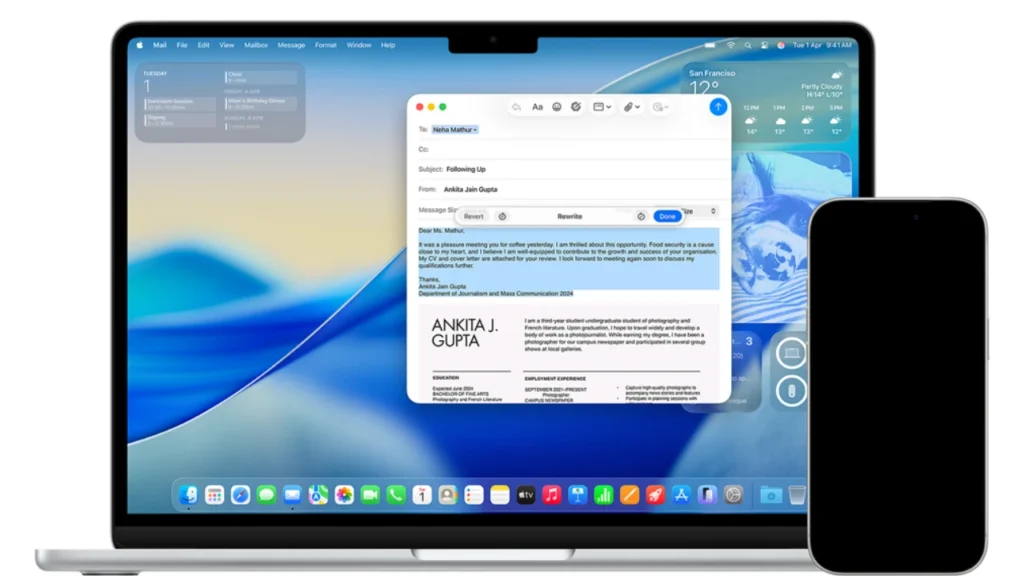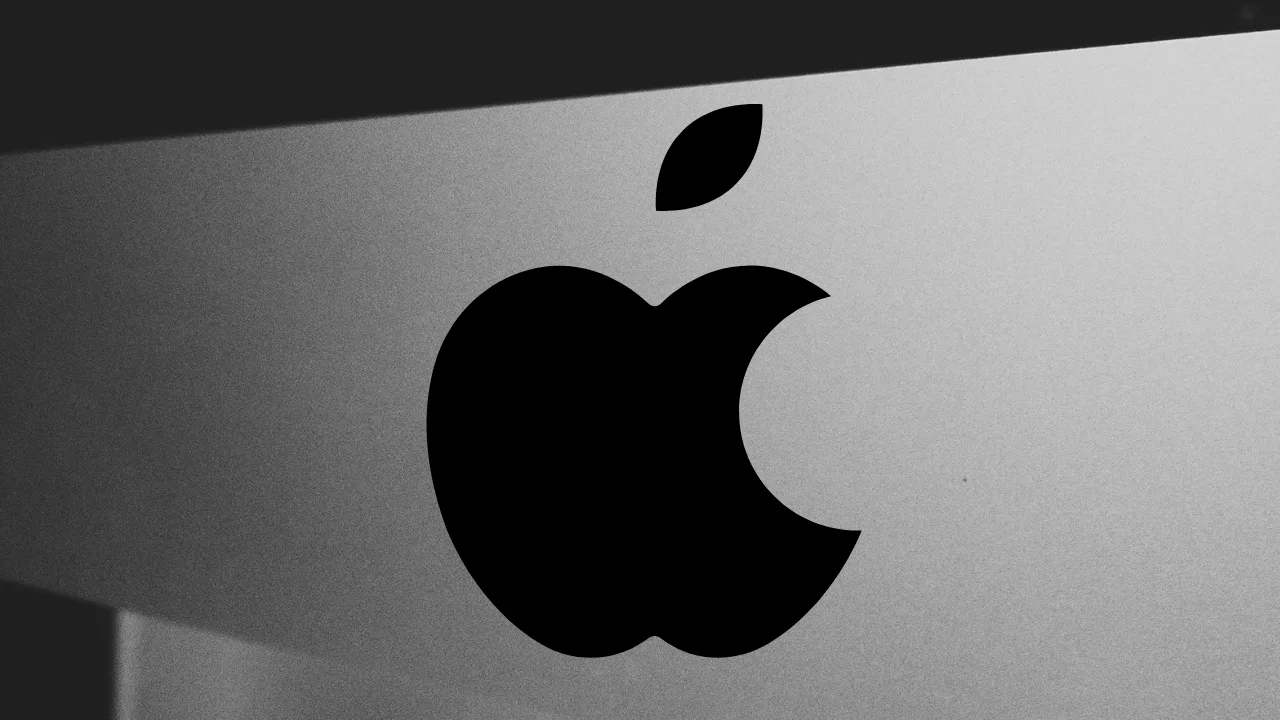Apple’s upcoming M5 chip won’t be just another performance upgrade. Rather, it appears to be a strategic turning point in Apple’s 2026 roadmap, signaling a new phase where AI and hardware will merge more deeply than ever before. Recent leaks from supply chain sources and developer reports indicate that the M5 architecture will serve as the basis for a range of AI-optimized Apple devices, including the next-generation MacBook Pro, iMac, and possibly the Vision Pro 2. There are also several other changes on the horizon; let’s explore them in detail.
Table of Contents
A Shift From Speed to Intelligence
For years, Apple Silicon has focused on raw efficiency and performance-per-watt leadership. But with the M5, Apple appears to be moving toward intelligence-centric computing, emphasizing AI capabilities on the device itself, rather than relying solely on cloud-based models. This aligns perfectly with Apple’s growing emphasis on private, secure AI features, which we hinted at with the introduction of Apple Intelligence in macOS, iOS, and iPadOS during WWDC 2025.
Additionally, Apple insiders suggest that the M5 chip will feature a next-generation Neural Engine, potentially doubling the M4’s 38 trillion operations per second (TOPS) rating. This will allow Apple devices to run complex language models and vision tasks locally, enabling features like instant contextual answers, live translation, and adaptive performance tuning without connecting to the cloud. If this is true, Apple users are in for a truly remarkable experience with the M5.
Foundation for macOS 16 and Apple Intelligence 2.0
Leaks of the M5 also suggest that it will be deeply integrated with macOS 16, which is expected to launch in mid-2026. This upcoming operating system will reportedly feature an evolved version of Apple Intelligence 2.0, which will deliver personalized AI experiences like smart Spotlight search, real-time document summaries, and adaptive app suggestions.
Furthermore, Apple’s long-term strategy appears to be focused on creating a self-learning ecosystem, where the M5 chip will act as the “AI brain” in all Apple devices like MacBooks, iPads, and even the supposedly AI-first HomePod. This will allow us to easily use a number of useful features.
Apple 2026 Hardware Roadmap: A Unified Approach

The leak provides a roadmap for Apple’s upcoming hardware timelines, which you can see in the table below:
| Device | Expected Launch | Key Highlights |
|---|---|---|
| MacBook Air / Pro (M5) | Mid-2026 | Upgraded Neural Engine, improved battery life, thinner chassis |
| iMac (M5) | Late-2026 | 32-inch mini-LED model with integrated AI co-processor |
| Vision Pro 2 | Late-2026 | M5 variant optimized for mixed-reality AI tasks |
| Mac mini (M5) | Early-2026 | Compact desktop with advanced AI acceleration |
This shows Apple’s plan to standardize M5 architecture across its product ecosystem, building a common platform for AI performance and energy efficiency.
M5: The Heart of Apple’s AI-Hardware Fusion

What sets the M5 chip apart from its predecessors isn’t just improved performance—it’s specifically designed AI acceleration. Apple appears to be investing heavily in a new AI fabric within this chip, which dynamically combines CPU, GPU, and Neural Engine workloads.
This means the M5 could enable real-time rendering for AI-powered creative apps, autonomous system optimization, and AI-assisted software compilation for developers. In short, as we know, AI is always being trained by users’ use.
Similarly, Apple’s AI will learn from users’ work patterns and intelligently optimize system resources. Ultimately, the Apple M5 will not only power macOS, but it will also learn from user use to further improve itself.
Why M5 Matters for the Future of Mac
The M5 could mark the beginning of a new computing era, where performance and intuition will converge. Apple’s roadmap for 2026 tells us that every device will be designed not only to execute commands, but also to anticipate user intent thanks to localized machine learning.
By more tightly integrating AI frameworks like Core ML and Metal, Apple aims to give developers greater control over model execution on the device,
while reducing latency and maintaining privacy. For professionals, this could mean instantaneous rendering, improved automation in Final Cut and Logic Pro, and real-time collaboration tools powered by Apple’s secure AI core.
Overall, the upcoming Apple lineup is expected to see significantly stronger performance and security than previous models.
Final Thoughts
The Apple M5 represents much more than a silicon upgrade — it’s the beginning of Apple’s next big revolution in AI-driven personal computing.
By combining raw performance, intelligence, and privacy, Apple is building an ecosystem where every device — from MacBooks, Vision Pro, or Mac Mini M5 — will think, learn, and adapt alongside its user.
If the leaks prove true, 2026 could be the year we witness the true fusion of AI and Apple hardware — and the M5 chip will be right at the center of it all. What do you think about Apple’s 2026 Roadmap? Do let us know through comments.


